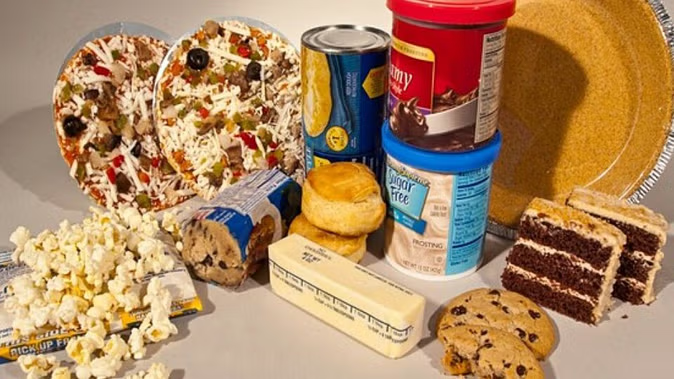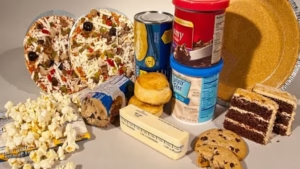Indian Market Status: Big cities a challenge for the FMCG industry, increased dependence on rural markets

New Delhi| Large urban markets are becoming a challenge for the FMCG industry in terms of demand and growth. To compensate for this loss, the dependence of FMCG companies on rural markets has increased. The special thing is that rural areas have overtaken big urban markets in terms of growth for the fourth consecutive quarter.
In value terms, the FMCG industry achieved 10.6 per cent growth in rural markets in the October-December quarter of calendar year 2024, data analytics firm NielsenIQ reported. Festive demand led to broadly consumption-led growth. Despite a 3.3 per cent average price increase due to inflation, the total volume has increased by 7.1 per cent. Due to high food inflation, consumers are preferring to buy small packs.
According to the report, urban consumption has increased twice in the October-December quarter as compared to the July-September period. At the same time, growth in rural markets increased on a quarterly basis from 5.7 to 9.9 per cent, twice that of urban consumption. Rural markets are overtaking cities in most areas of the country. They accounted for 38 per cent of the growth of the FMCG industry in volume terms.
Small manufacturers left big companies behind, demand for cheap packs
Roosevelt D’Souza, FMCG’s head of customer success, said, For the first time in four quarters, we have seen that the combination of consumption and pricing is driving FMCG growth. Small/local manufacturers have overtaken big companies in the October-December quarter. Their small and affordable packs are boosting consumption. E-commerce continued to influence buying behavior despite the recession in the top-8 metros.
Still shopping from grocery shops only
People are still using traditional business mediums like grocery stores for shopping. According to NielsenIQ, sales in volume terms through traditional mediums have increased from 3.9 per cent year-on-year to 8.1 per cent in the October-December quarter.
During this period, there has been a decline of 1.1 percent in sales through modern trade mediums like supermarkets and hypermarkets.
The total market share of traditional trading mediums in FMCG sales is 89 per cent.
Increased consumption of food items
According to the report, edible oil and beverages categories boosted food volume growth in the October-December quarter. Consumption growth of food products reached 7 per cent despite price hikes for major categories such as edible oil, palm oil and packaged flour, up from 5.6 per cent in the same period of 2023.
The overall growth rate in the Home and Personal Care (HPC) category increased to 9.3 per cent, while the rate of volume-based growth stood at 7.3 per cent, as consumption of laundry products increased.
Food products account for 61 per cent of total sales
Food items accounted for the highest share of 61 per cent of the total sales of the FMCG industry. Home and Personal Care then accounted for 32 per cent. The remaining seven percent was contributed by over-the-counter (OTC) products.





